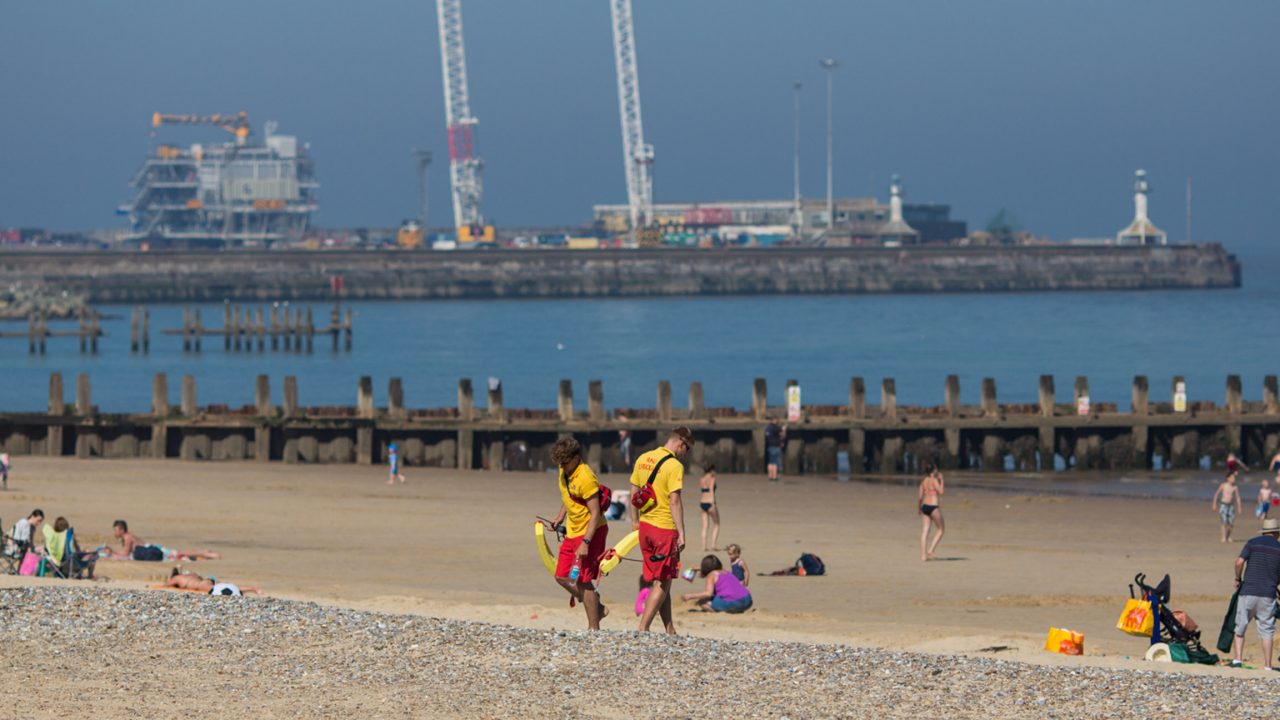

Offshore wind
04 November 2016
The East coast of England is beginning to reap the benefits from the massive changes we are seeing in how we produce our energy. We have seen skippers and crew from the fishing industry move over into the sector, former armed service personnel and people from the troubled oil and gas sector all engaged on the building of these vast wind farms and then employed for a generation of operations and maintenance work that these projects will demand.
When I came into my role at EEEGR just over four years ago, around 30 to 35 % of the energy we generated in the UK came from burning coal. In the last few years we have seen that declining massively and on August 15th this year it had dropped to just 1.5%. As we stop burning coal we need to make sure we have other methods of generation to take its place. Nuclear has provided the UK with a predictable base load over the years and gas generation provides us with a quick and responsive form of generation which is considerably more environmentally friendly than coal. However, offshore wind will be one of the main providers of our energy needs in the future with low cost energy for our homes and businesses.
The East of England is ideal for offshore wind generation with its comparatively shallow waters, strong winds, port infrastructure and skilled workforce that has amassed over 50 years’ experience in the oil and gas sector. Many of the facilities and skills used by the oil and gas sector are now servicing the offshore wind sector with a number of supply chain companies diversifying their businesses to capitalise upon the 25 years plus that we will see as realistic working lives for these wind farms.
From fabrication yards to specialist engineers, taxi drivers to hoteliers and restaurateurs, the local economies supporting these developments all benefit from the trickle-down effect that these investments bring to ports and towns in the region. Whilst many thousands of people are retained during the pre-construction and construction phases of these wind farms it is the ongoing operations and maintenance work which will carry on for decades to come where the real benefit to the region is felt.
The East of England’s energy coast has gained recognition for its contribution to UK PLC as the nation’s power house. Over 50 years of gas production from the Southern North Sea (SNS), a similar number of years in the production of nuclear energy at Sizewell A and then B power plants together with Bradwell in Essex have now been joined by some of the largest windfarms in the world – including projects such as the London Array, Greater Gabbard, Sheringham Shoal and Dudgeon, and now we see the Galloper extension to Gabbard under construction. More is still to come with other wind farm projects consented for construction in 2017 onwards with businesses of all types set to benefit from these strategic investments.
Clean, sustainable energy production from the East Coast of England is set to power the nation for decades to come providing the region with many of the skilled jobs it needs and the nation with the energy required to drive its economy.